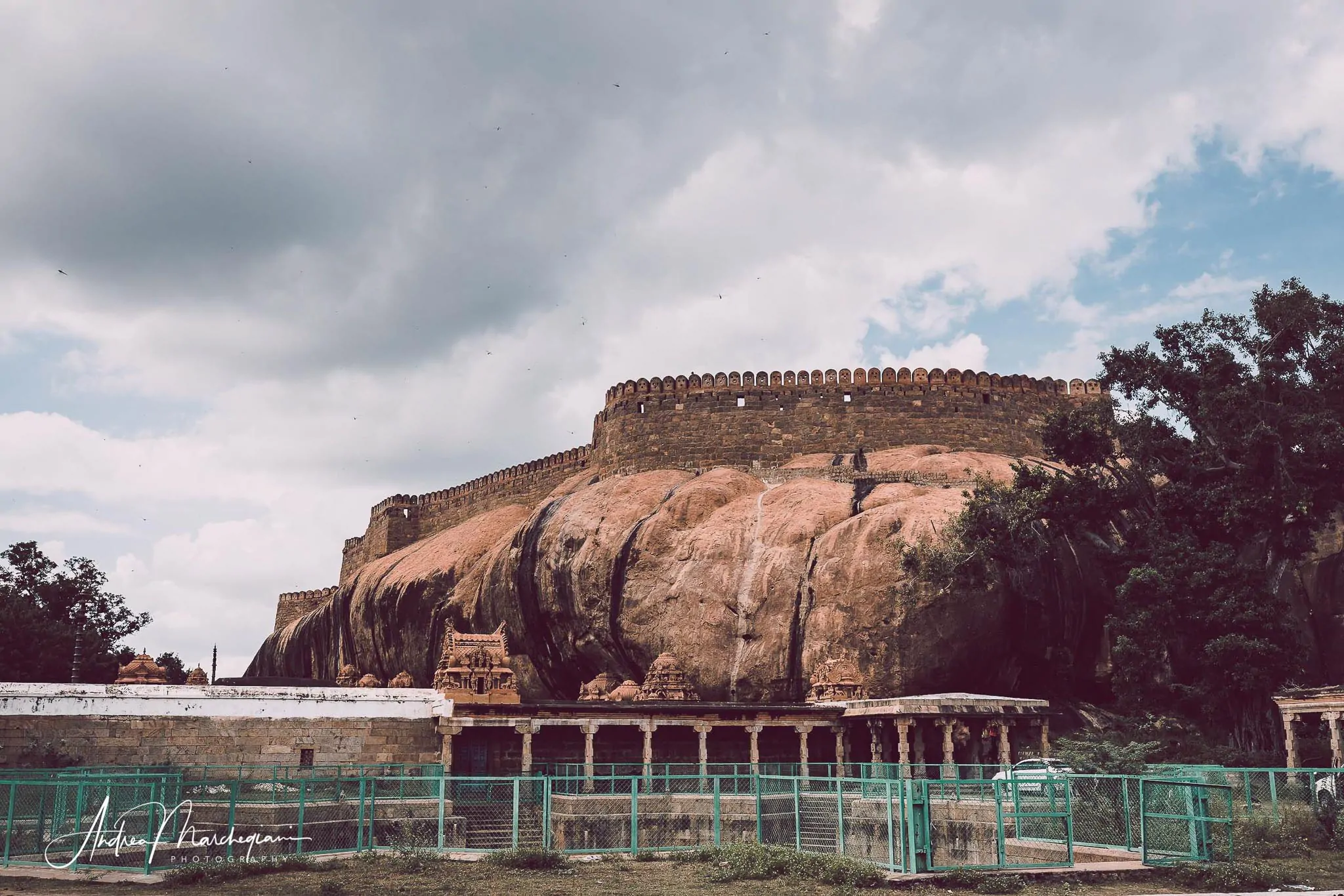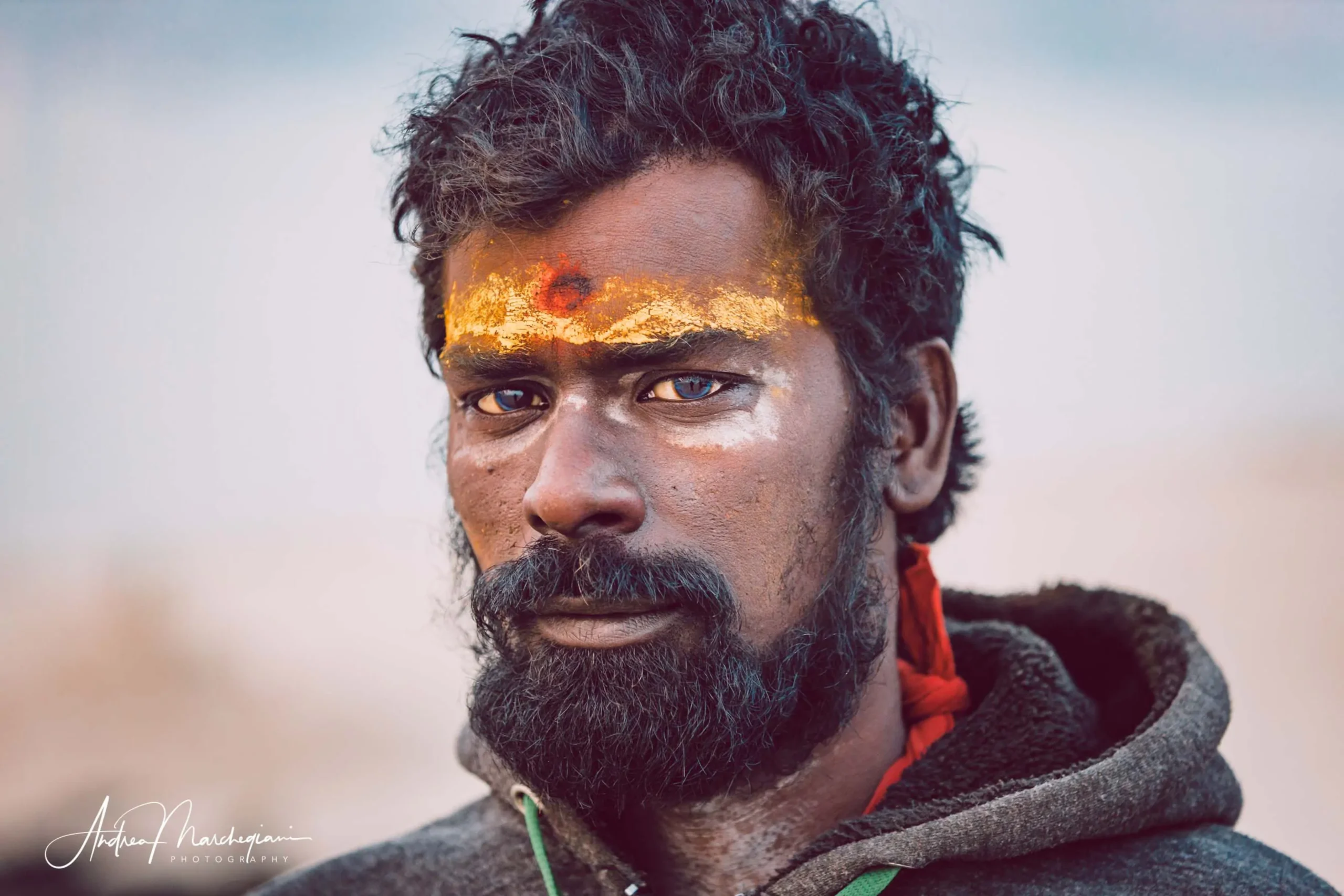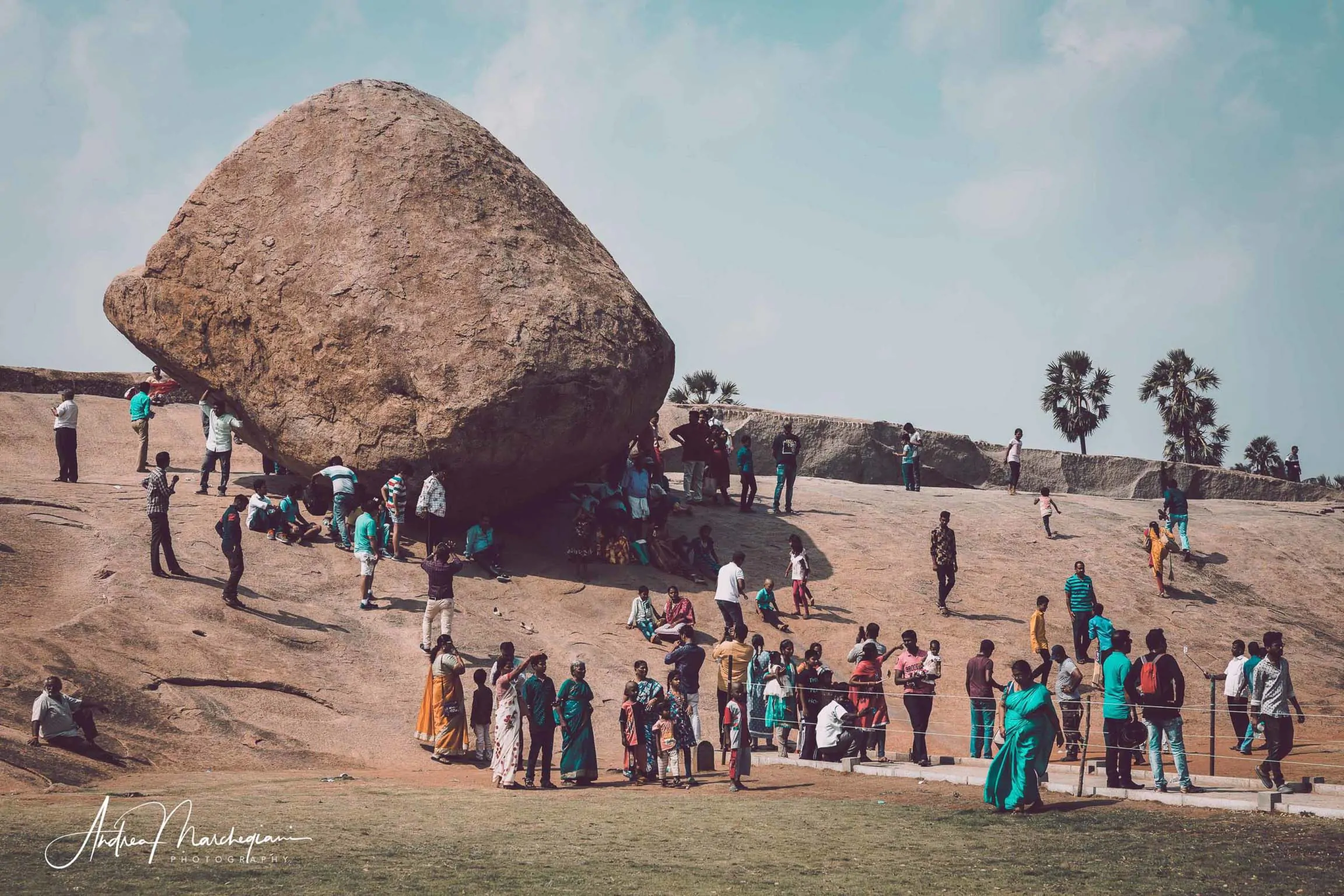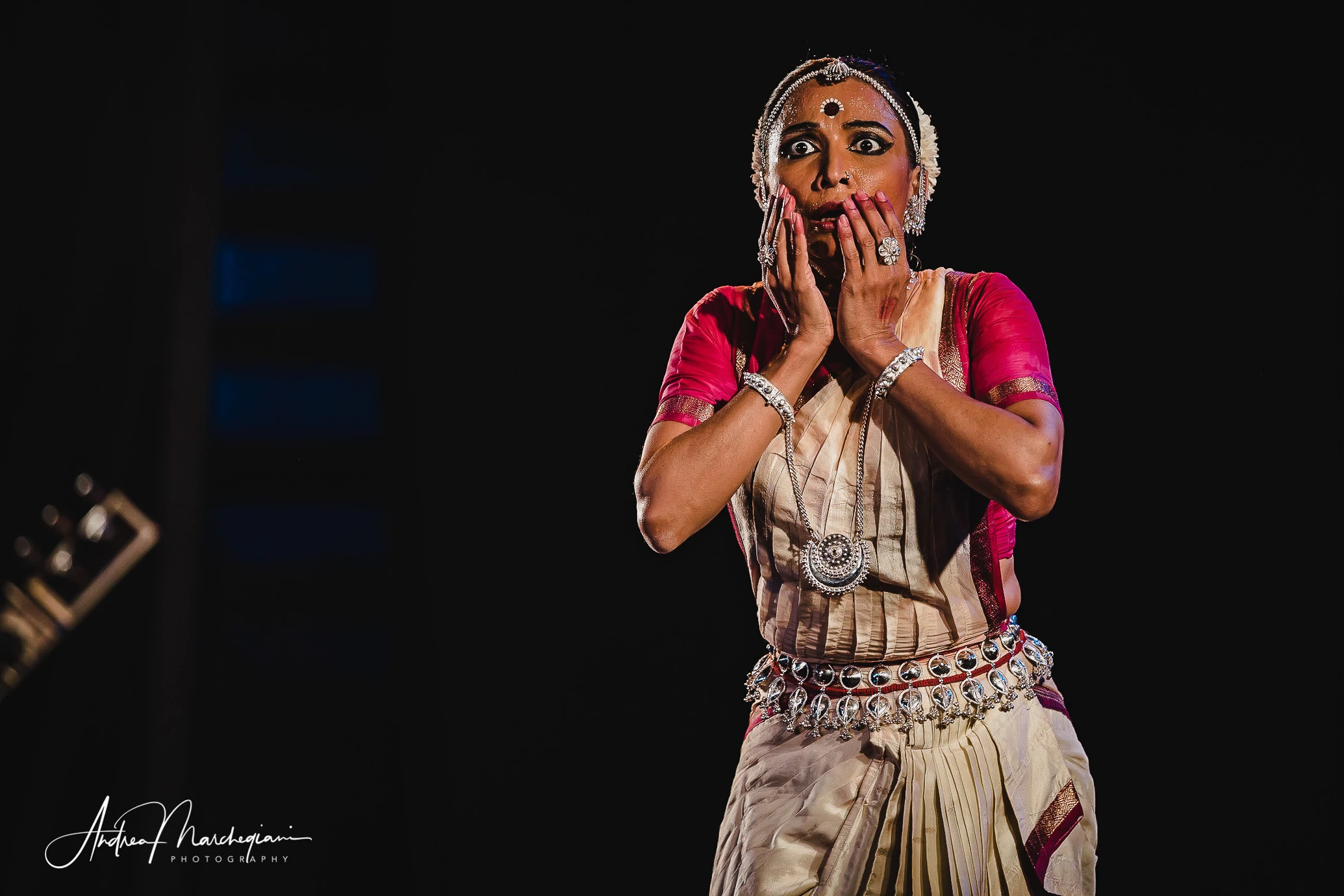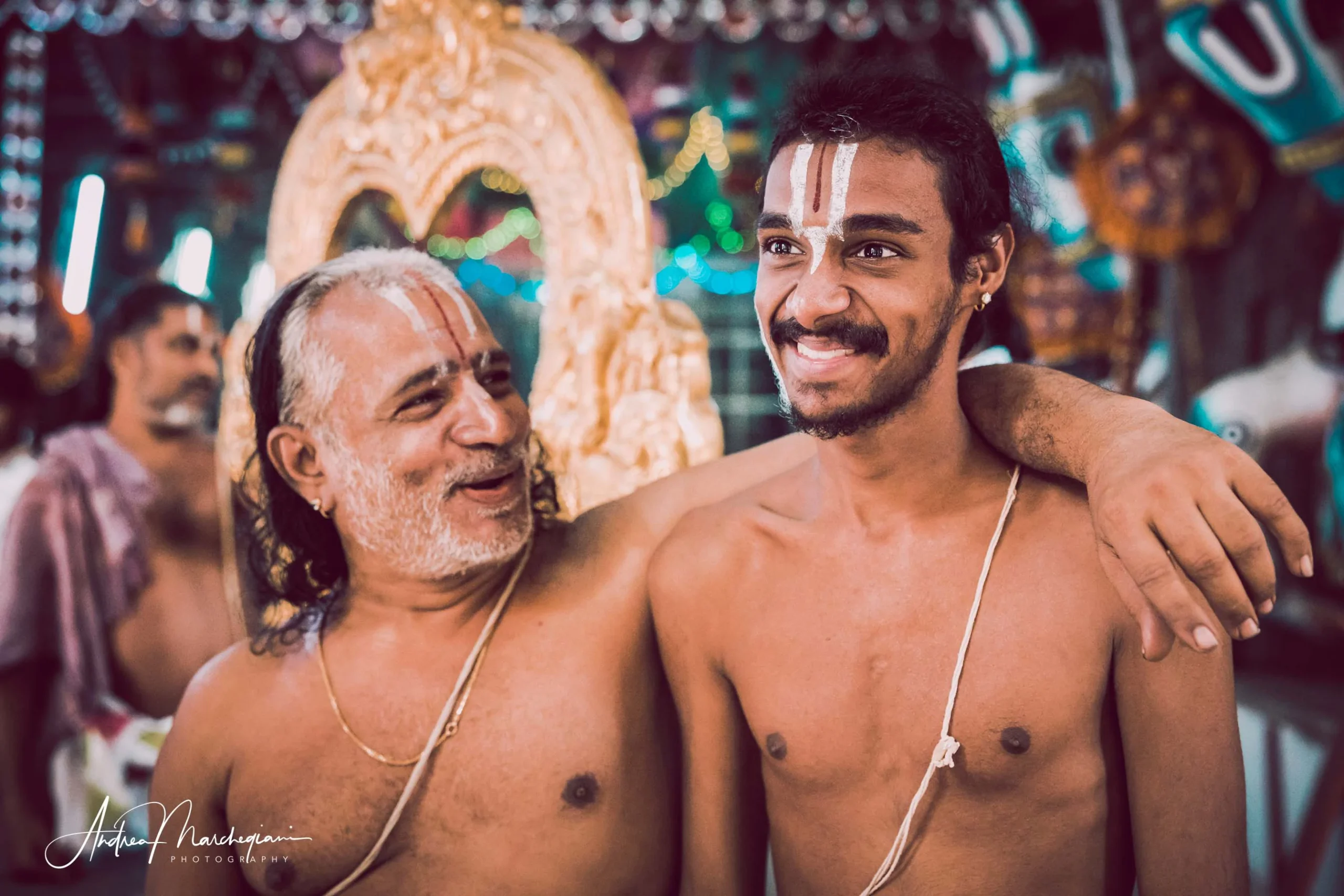
- Home
- Photo Galleries
- Portrait Photography
- Landscape Photography
- Street Photography
- China
- Ethiopia
- India
- Holy Ganges
- Varanasi
- Varanasi Ganga Aarti
- Varanasi, Manikarnika Ghat
- Varanasi Streets & Alleys
- Varanasi Demolition
- Varanasi Fruit Market
- Sarnath
- Brick Kilns
- Tamil Nadu, Chennai & Mamallapuram
- Tamil Nadu, Fort Tirumayam & Madurai
- Tamil Nadu, Tiruvannamalai & Thanjavur
- Kerala, Munnar
- Kerala, Peryiar
- Kerala, Backwaters
- Kerala, Kochi
- Kazakhstan
- Myanmar
- Senegal
- Uzbekistan
- Travel Blog
- China
- Ethiopia
- India
- Tamil Nadu & Kerala
- Varanasi
- Whato to do in Varanasi
- Varanasi Life along the Ghats
- Varanasi Death along the Ghats
- Varanasi Ganga Aarti Ceremony
- Varanasi demolished to honor Shiva
- Varanasi Fruit Market
- “Varanasi, A Journey into the Infinite”
- Sarnath
- All about River Ganges
- Holy Shit. All about Indian Cow Dung
- Clean India Project
- Brick factories
- Tilaka, pundra, bindi: what is the mark on Indian foreheads?
- Kazakhstan
- Mongolia
- Ulaanbaatar, the coldest capital in the world
- What to do in Ulaanbaatar
- Chinggis Khan Museum, 6 floors of Mongolian history
- Gorkhi-Terelj National Park and Bodgkhan Natural Reserve
- Altai Mountains, Things to do in Olgii and Sagsai
- Living with the Eagle Hunters
- Sagsai Eagle Festival
- Navrus Festival
- Xöömej, Mongolian throat singing
- Mongolian Food
- Myanmar
- Senegal
- Uzbekistan
- Latest Posts
- Photography Blog
- About
- Prints
Share with your friends:
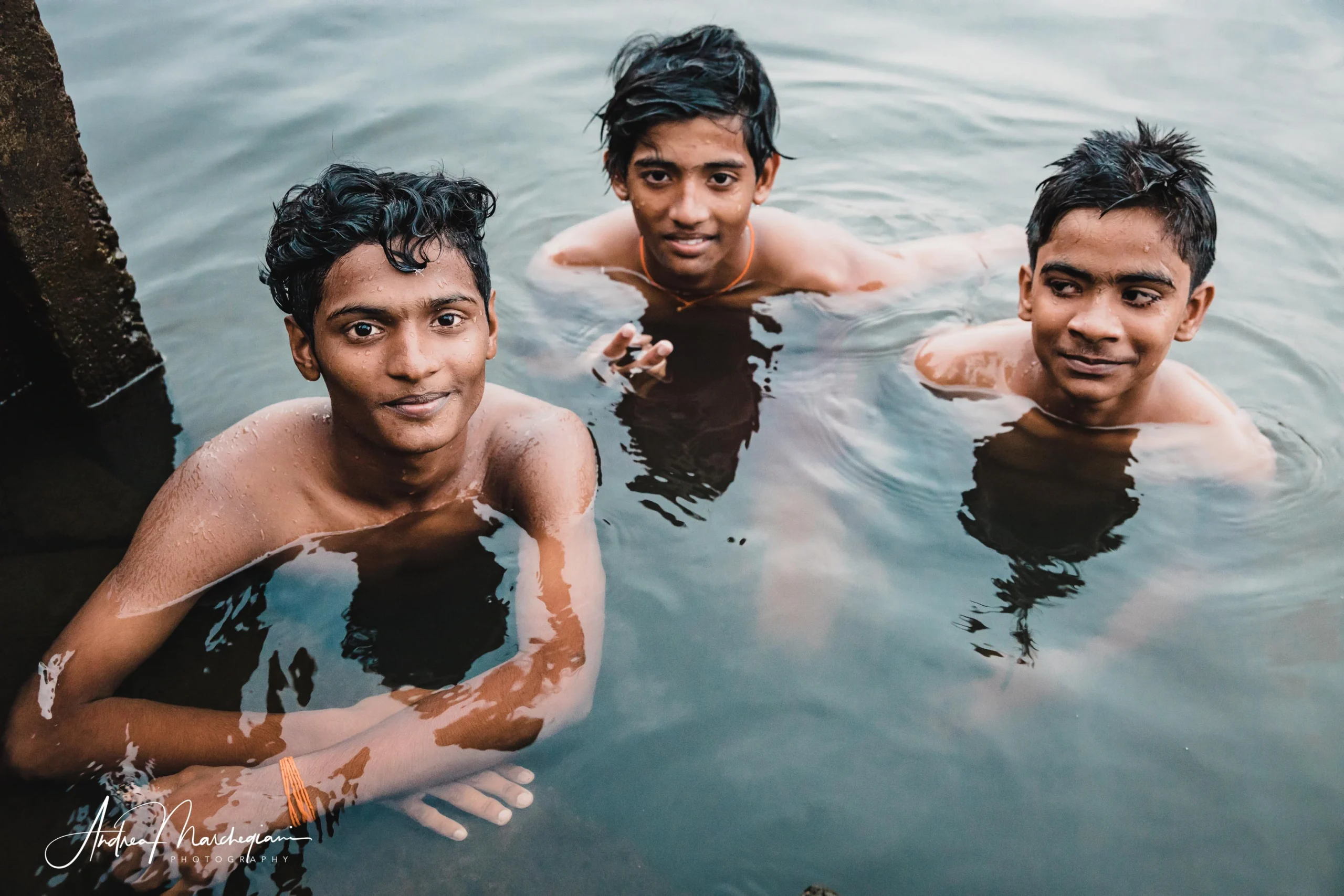
Reasons to visit Kerala
Kerala is the right place for anyone who wants to spend a few days in total relax and leave behind the stress of everyday life. Far from the hustle and bustle of other Indian regions, Kerala offers in fact 600 km of tropical beaches overlooking the Arabian Sea; its lush nature is an irresistible invitation to exploration: Munnar tea plantations, Peryiar Natural Park, where you can meet elephants still living in captivity and, last but not least, the dense network of canals and lakes of the Alleppey backwaters, which can be crossed cruising on a traditional houseboat.
Kerala also boasts a rich colonial past, still visible in Kochi, with its Chinese fishing nets, the Dutch and Portuguese style of its houses, Christian churches, mosques and synagogues; Kochi is the cradle of many traditional Indian arts, as the kathakali dance and the Kalaripayattu martial art.
As you can see, there many reasons why you should visit Kerala!
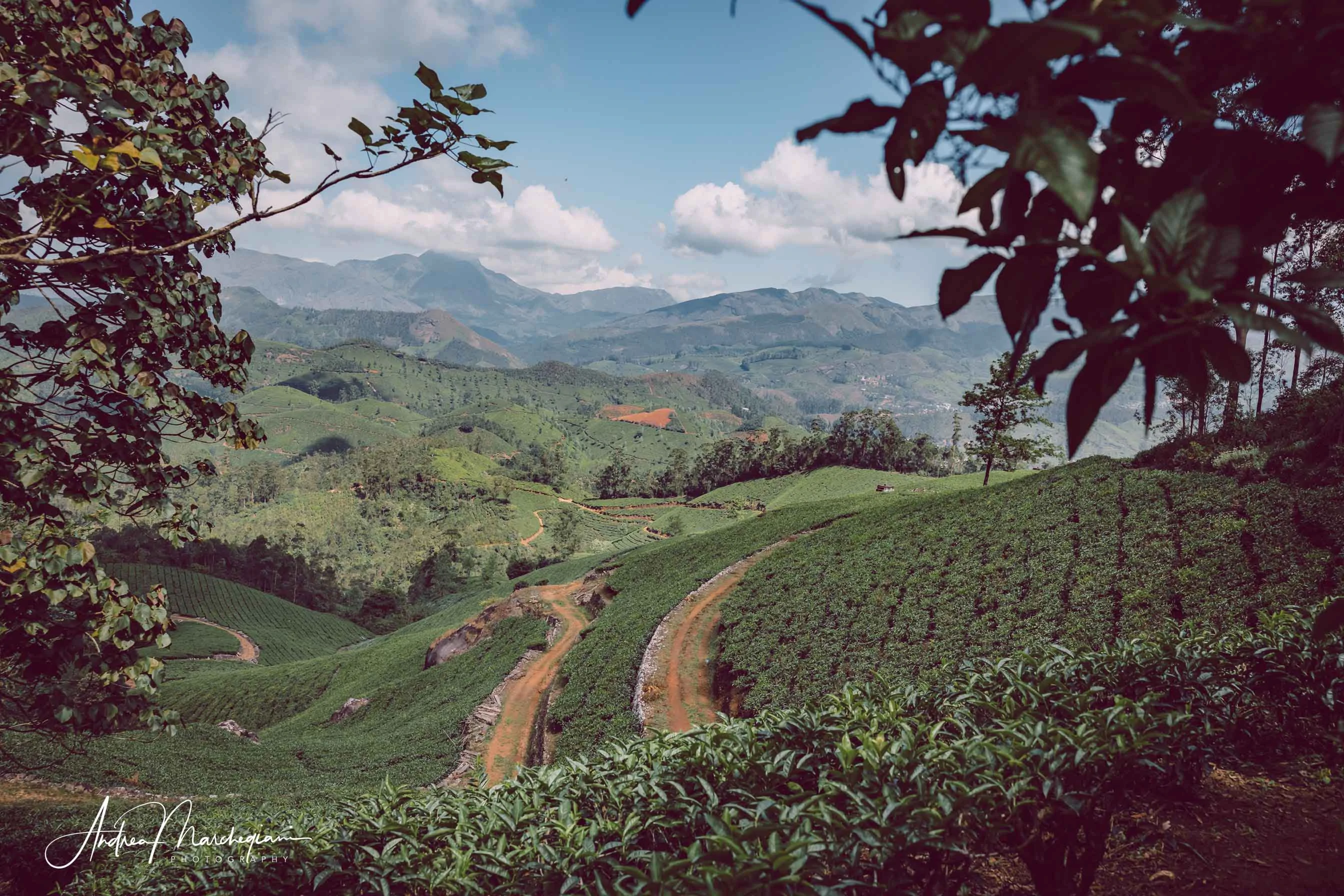
Kerala and its culture
Kerala is a real Indian pearl. Its name means “land of coconut palms” and here for millennia came the Roman, Arab and Chinese merchants, attracted by the spice trade.
In the sixteenth century, with the arrival of Vasco Da Gama, the region experienced an intense colonization by Europeans that continued until 1956, when the present state of Kerala was born, with the first freely elected communist government in the world.
Today Kerala is one of the richest regions in India, with a strong interest in its cultural traditions. With a literacy rate of 93%, Kerala is also the most cultured region in the country. Equally remarkable is the tourism industry, which is undergoing great expansion. In the pre-covid period, the region recorded record numbers, with over 10 million tourists annually.
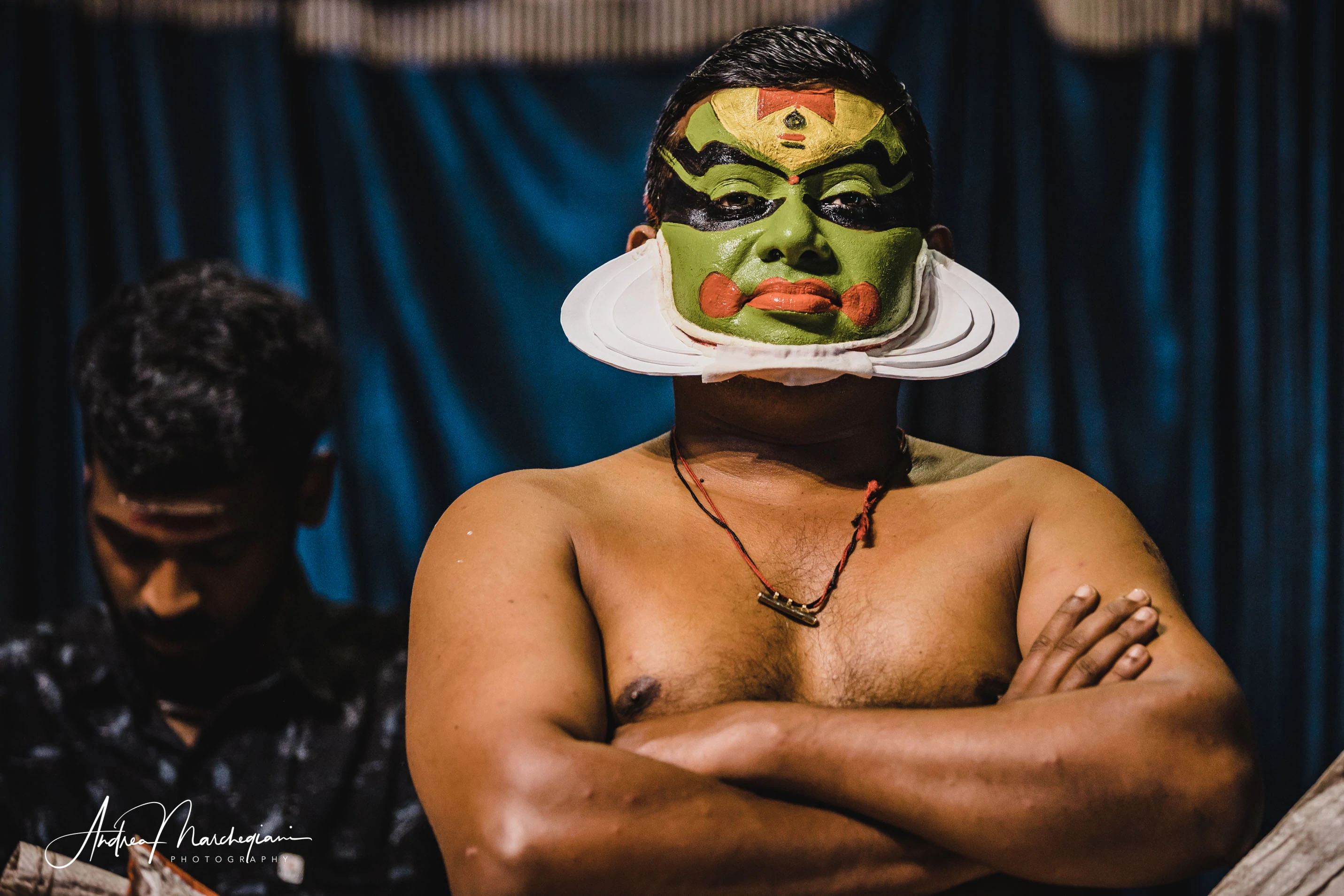
Best time to visit Kerala
In Kerala, as throughout the South Indian, temperatures are hot all year round. The climate is tropical, with a dry season from December to March and a rainy season, caused by monsoons, from June to October. The best time to visit Kerala is from November (the month when the rains begin to decrease) to March (when the heat begins to become overwhelming). December is the month to be preferred, the freshest and driest of the year.
How to get around Kerala
The best way to get around Kerala is to book a private tour with a driver who can accompany you through the various stages of your journey. Indian roads are chaotic and crowded not only with other cars, but also with animals. A donkey, a goat or a cow with its calf could cut you off at any time and stop behind every bend. For this reason, I do not recommend renting a car and driving it on your own. Instead, rely on an experienced driver.
If you decide to use public transport, consider spending most of your trip waiting for the right connections. Travelling by train has its charm, it is undeniable, but if you have the time a little tight, I would exclude local transport.
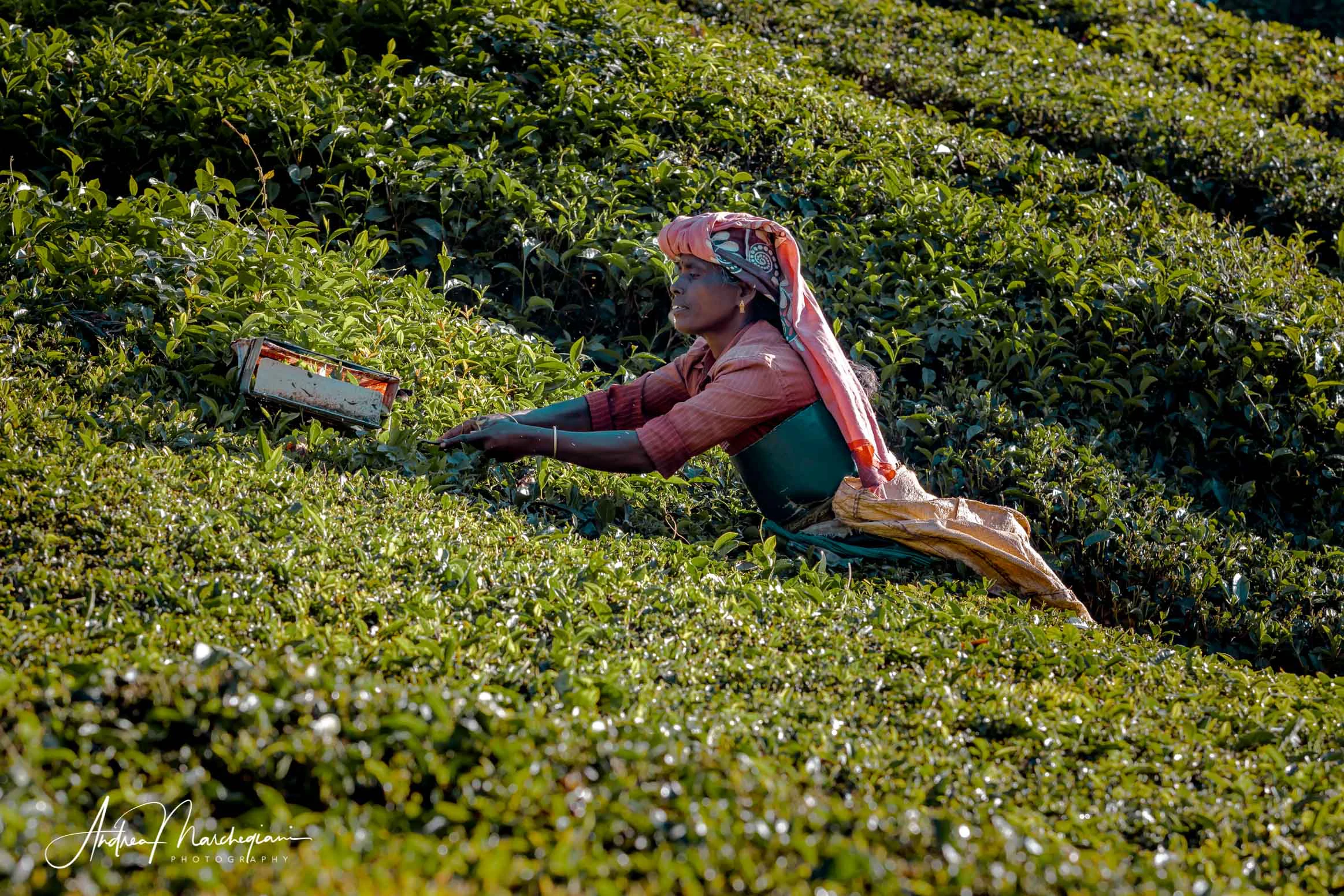
Things to do in Kerala
1. Munnar tea plantations
Munnar is one of the most visited tourist destinations in the world. Enjoy its pleasant summer temperatures, the bucolic atmosphere of its rolling hills. So, book a trek to admire the spectacular tea plantations, treated as garden hedges. In the afternoon treat yourself to an Ayurvedic massage and watch the sun set over the magical reliefs of the Eastern Ghats.
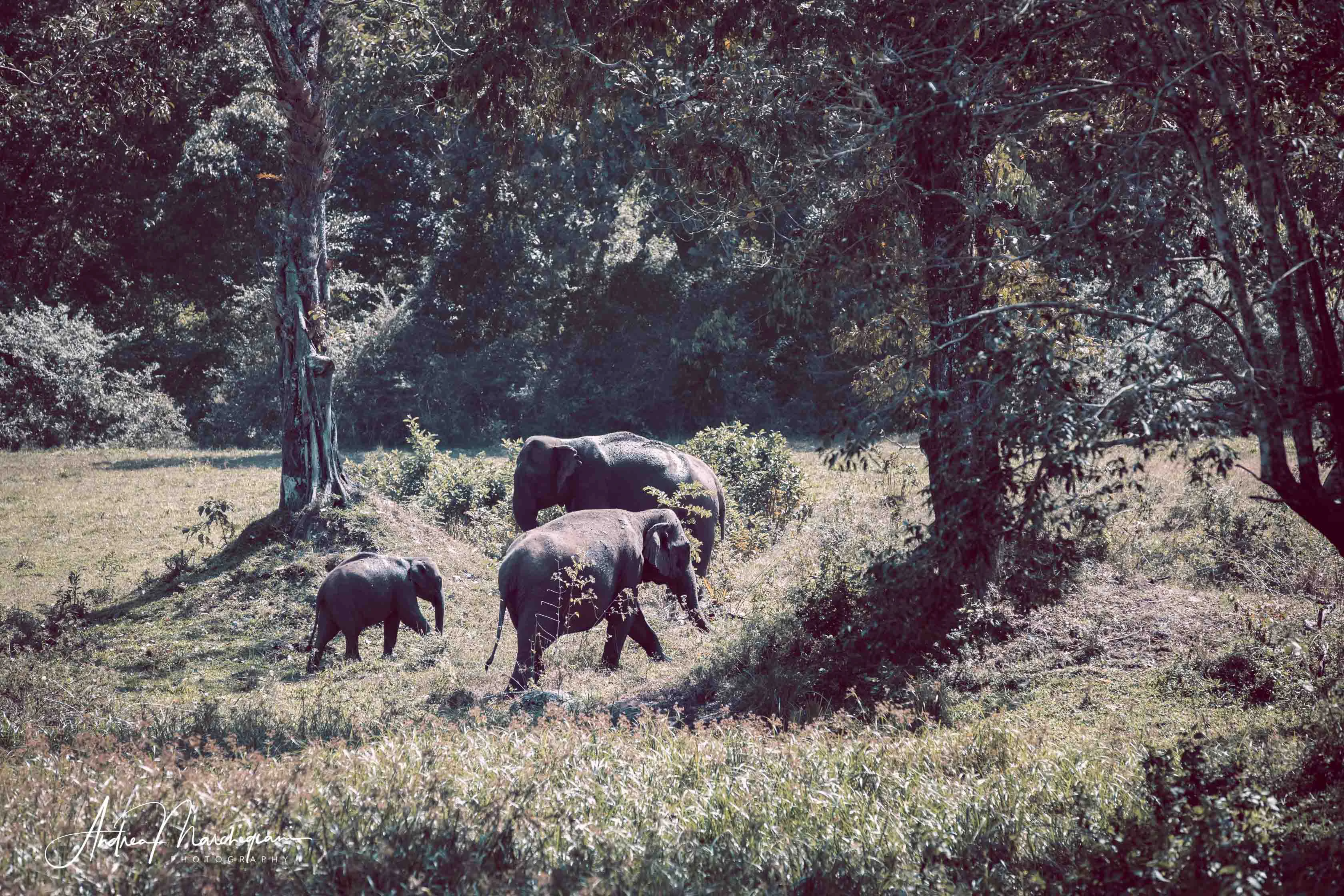
2. Peryiar National Park
Peryiar has the most famous reserve of South India, more than 900 square kilometers of teak and eucalyptus forests, interspersed with rivers and beautiful meadows. Here you can admire 140 species of orchids and spot elephants, Bengal tigers, monkeys, bisons, wild boars, wild dogs and many tropical birds. Book your trekking and enjoy the adventure!
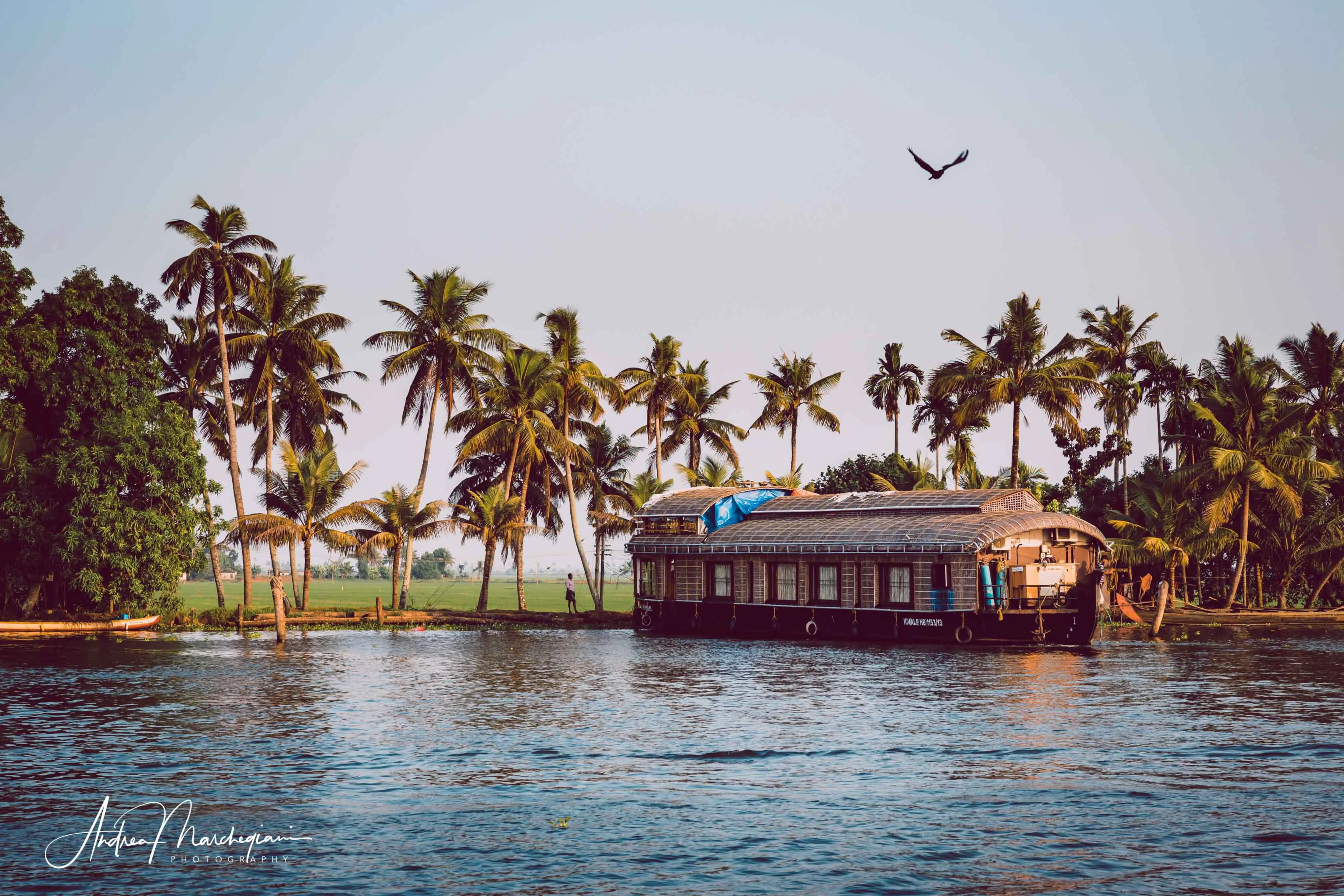
3. Alleppey Backwaters
With over 900 km of navigable networks, Kerala’s backwaters are a haven for diving and relaxing. Just embark on a comfortable houseboat and walk the waterways. The lush vegetation and the lively life along the canals is heart-warming.
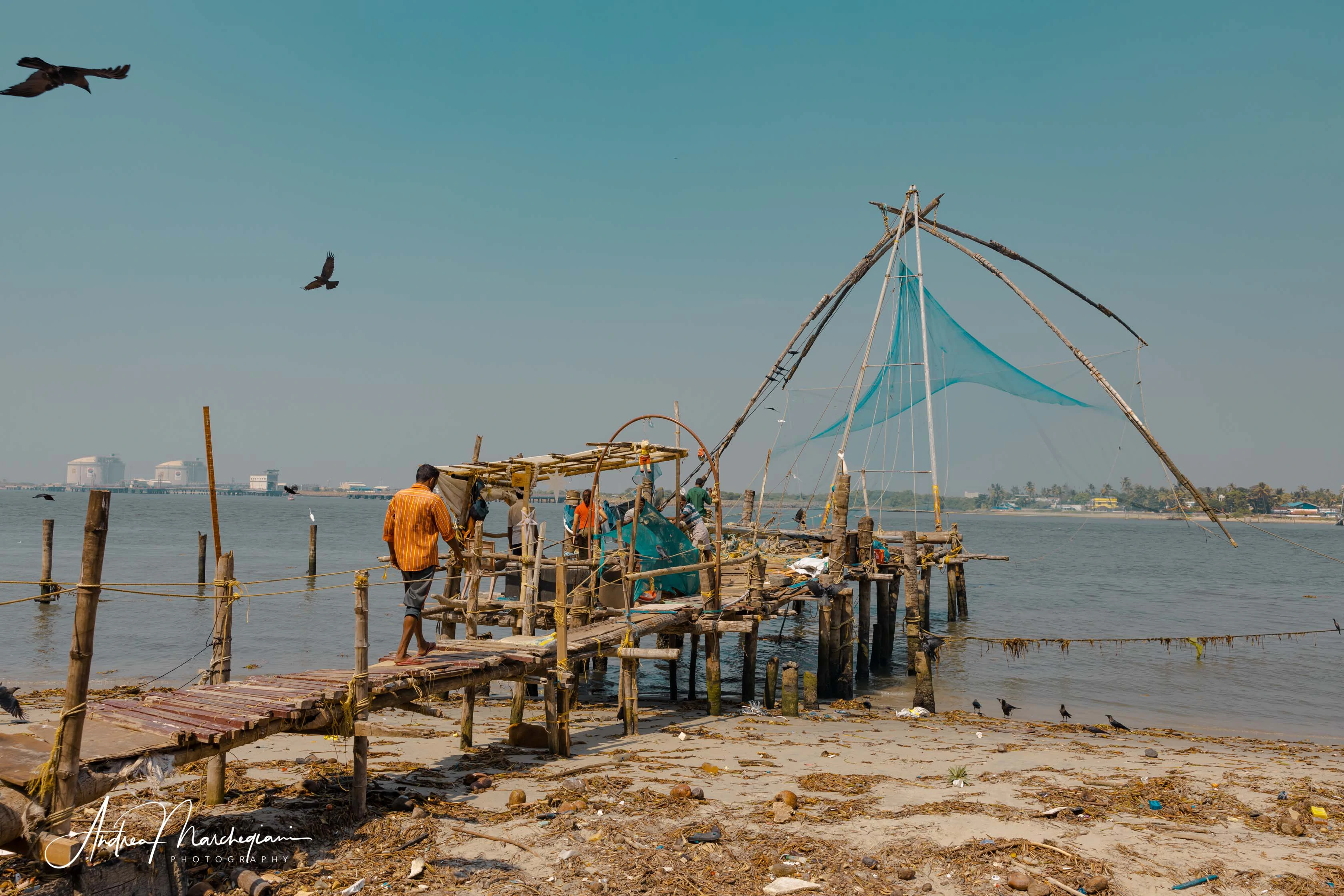
4. Fort Kochi's Chinese fishing nets
Kochi, formerly known as Cochin, is a coastal town so steeped in history that it now houses Christian basilicas, synagogues, ancient mosques, a Portuguese fortress and a Dutch museum!
Not to be missed is the walk along the beach, where Chinese fishing nets are still in operation. These ancient pulley fishing systems have become the symbol of backwaters and are among the most photographed tourist attractions in Kerala.
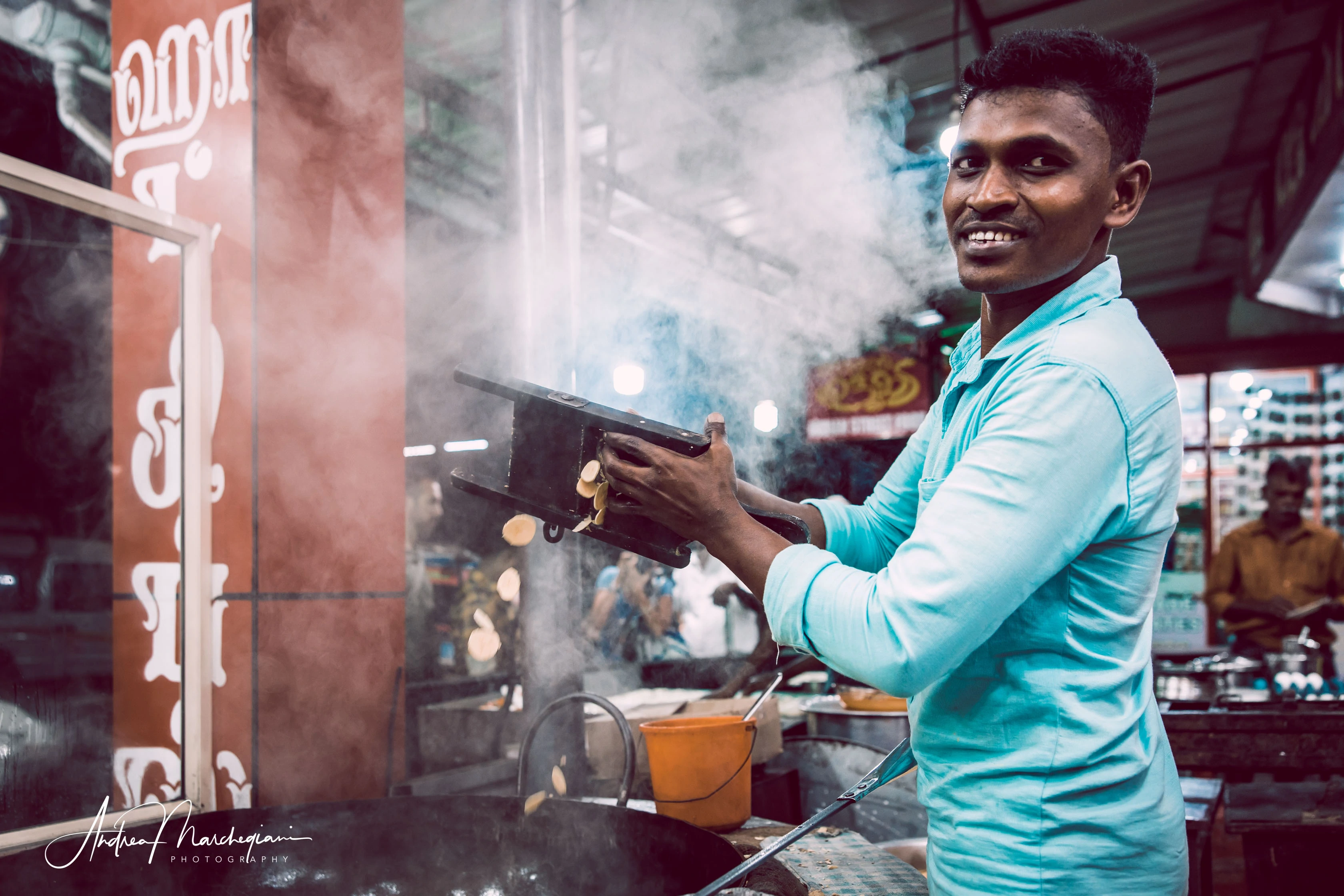
5. Take a cooking class
The cuisine of Kerala is very appreciated by Westerners because of the delicate and less spicy flavors than the rest of India. Ask your host to book a cooking course for you. They will recommend the most suitable solution for your taste. If desired, you can choose to attend a course of a couple of hours directly with a local family. Either way, you’re going to make your own dinner!
6. Treat yourself to an Ayurvedic massage
Ayurveda is a traditional Indian medicine, still widely practiced and integrated with the national health system. Its holistic approach is rich in wisdom and charm and Kerala is the best place to approach it.
Here you can enjoy an Ayurvedic massage and spend a couple of hours listening to your body. Massages can be booked in one of the many facilities scattered throughout the region. Remember to specify if you have particular physical conditions that require specific measures: in this case, ask for a “light” massage!
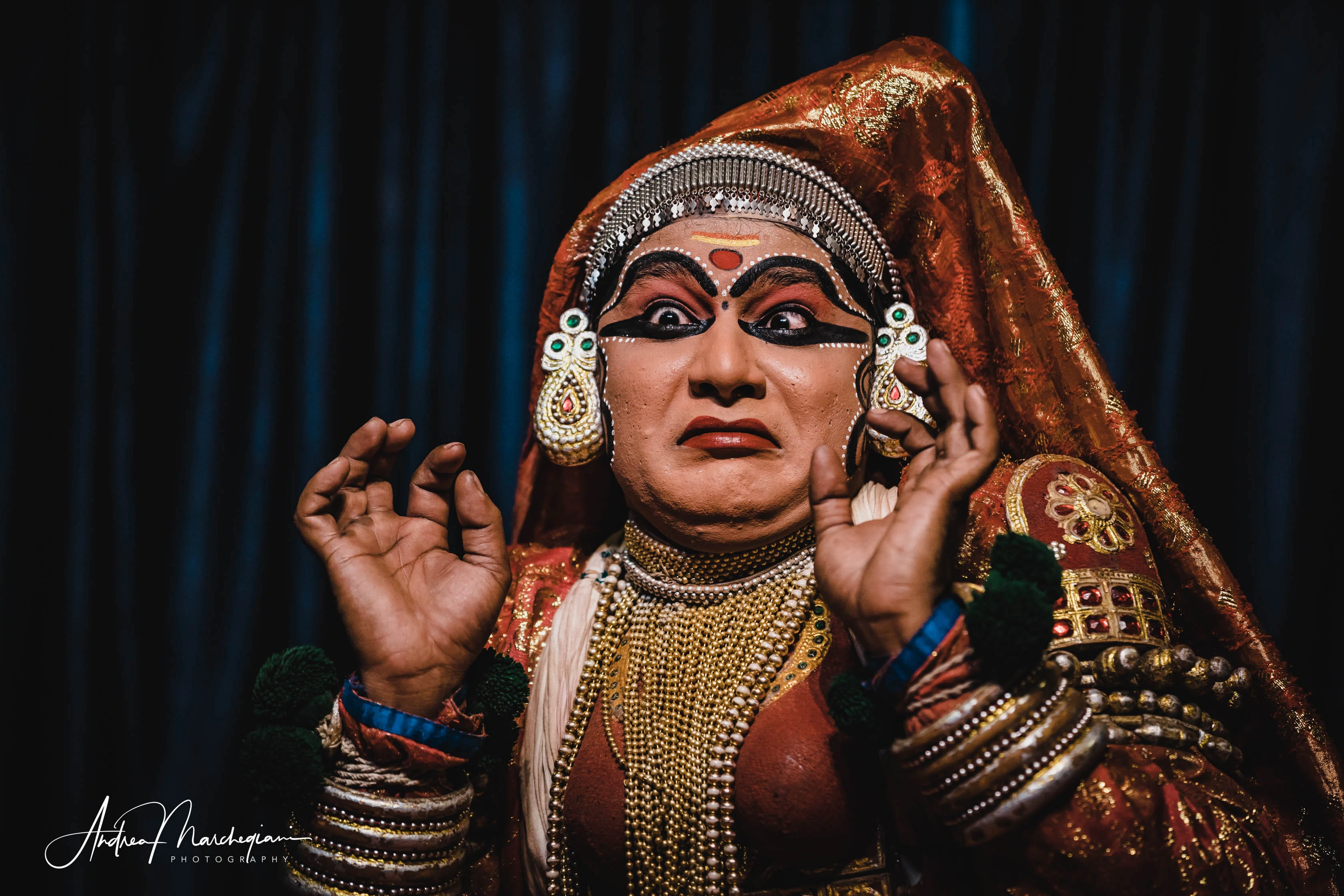
7. Watch a Kathakali dance show
There is no better way to get into the folklore of Kerala than attending a Kathakali dance show. One of the oldest forms of Indian theatre-dance, the Kathakali features exaggerated costumes, hypnotic tricks and a gesture rich in emotion and energy. A truly unmissable experience.
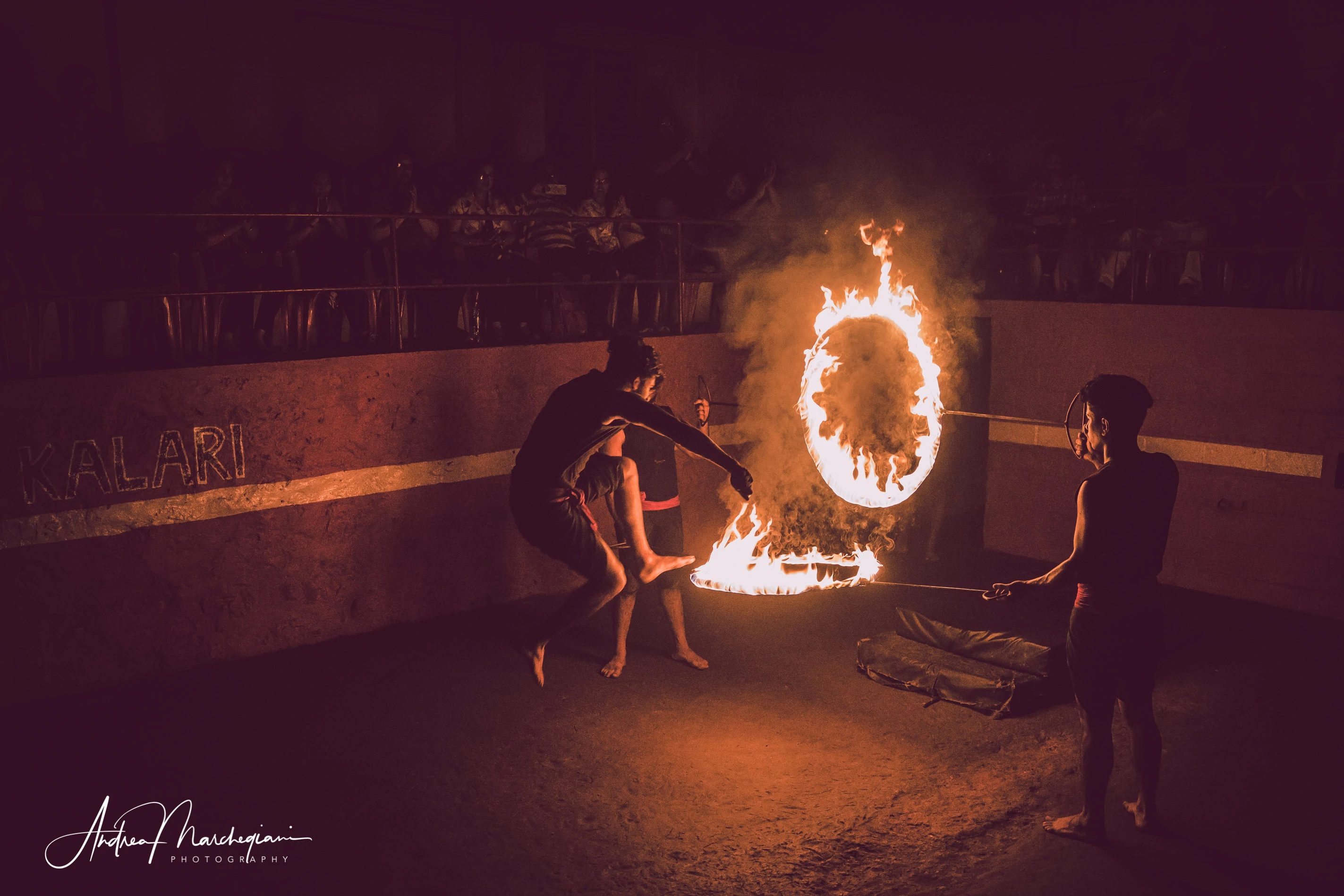
8. Attend a Kalaripayattu martial art exhibition
Kalaripayattu is the oldest martial art in India. It dates back about 3,500 years and is the mother of all other Indian warfare styles. Along with yoga and ayurveda, it is one of the pillars of Indian tradition. Today the schools of Kalaripayattu organize demonstrations that you can attend by paying a ticket. The jump in the fire is undoubtedly the most awaited moment and will leave you stunned!
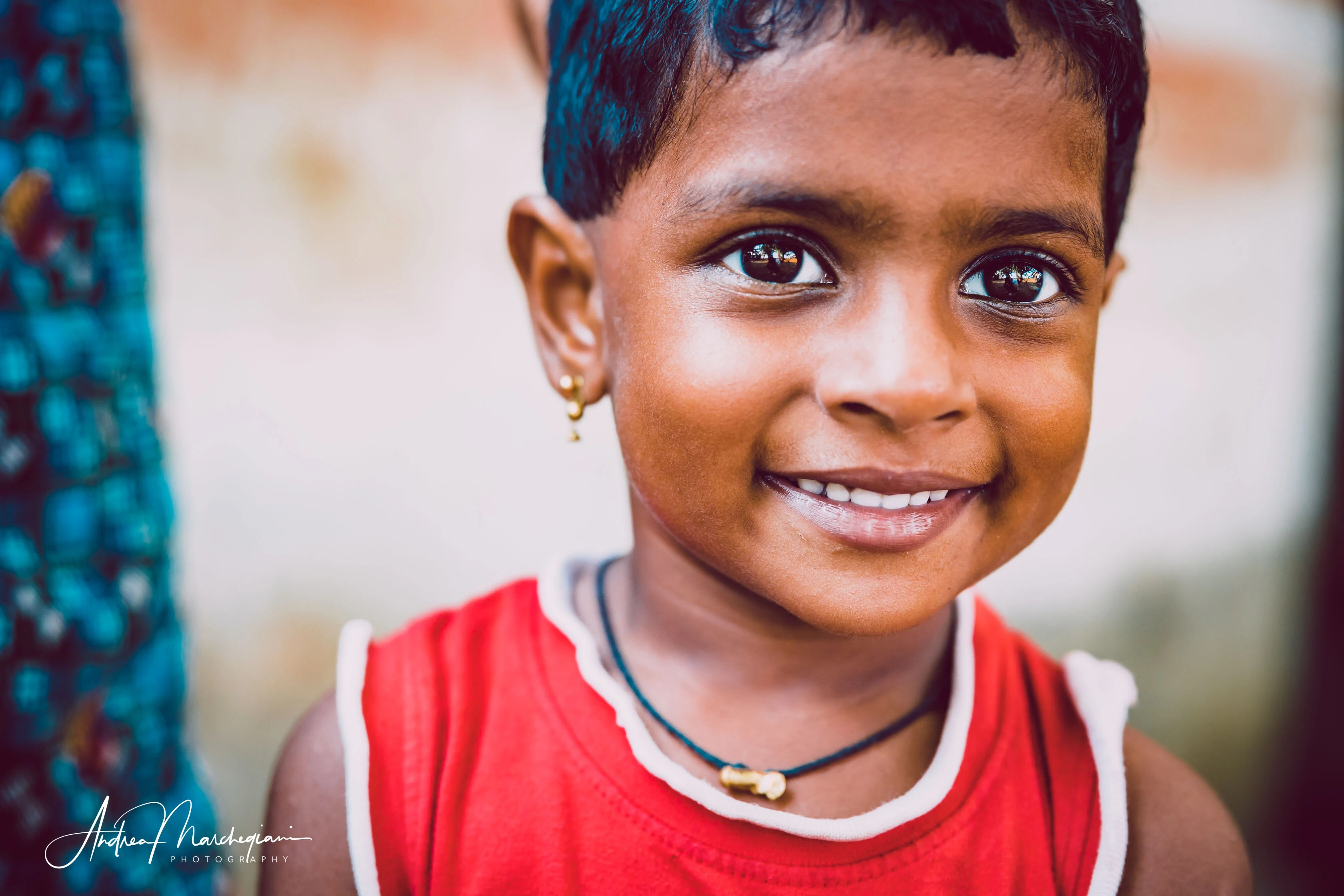
Travel tips and general information for a trip to Kerala
Kerala is a pretty safe region. If you’re traveling with a local driver, you shouldn’t have anything to worry about.
I recommend that you bring some cash, since you may not find open ATMs in some areas and your credit card might not be accepted everywhere.
As for clothing, prefer summer clothes, but also a sweatshirt to adapt to the cool evenings of the highlands and the air conditioning of the car; do not forget hats and sunglasses, neck scarf and lots of sun protection. Many underestimate the risk of burning: even if you have a dark complexion, protect yourself adequately and do not forget to spread the cream on your ears and neck!
Mosquitoes in India are a problem especially in the evening hours. The dry season reduces the risk of bites, but bring mosquito repellents and spray if necessary.
Hotels in India do not always meet European standards. You need a little sense of adaptation but above all a sheet bag. Often the sheets are not very clean and there are almost always stains that survived the last wash. Bring an insecticidal spray, such as Biokill, and spray it on the bed if you suspect fleas or mites.
Trust me, pack a bag of toilet paper. Indians are very careful about personal hygiene, but they don’t use toilet paper. Often I did not find any in the bathrooms of the hotels where I stayed and, when I asked, I was invited to take a shower after doing… poop!
Do not brush your teeth with tap water. Use bottled water to rinse your mouth.
When you are at the restaurant, make sure you have dry cutlery and glasses. If they are damp or wet, dry them thoroughly before using. Avoid eating fresh vegetables, which may have been rinsed with kitchen water and, in general, be wary of all cold foods. Don’t eat peeled fruit. The traveller’s diarrhea is always lurking and even white rice, if not cooked espresso, can give belly ache! High temperatures help bacteria proliferation so food goes bad very quickly.
Finally, pack a first aid kit, with gauze, patches and hydrogen peroxide; be advised by your doctor an antipyretic, a broad-spectrum antibiotic and an antihistamine in case of allergic reactions. It will be essential to bring anti-diarrheal and live lactic ferments. Do not forget the FFP2 masks, to be used in all closed places too crowded.



